The Northern Circuit of Tanzania
This is Tanzania’s most famous safari route, home to world-renowned parks like Serengeti National Park, where the Great Migration unfolds, and the Ngorongoro Crater, a UNESCO World Heritage Site teeming with wildlife.
Mount Kilimanjaro, Africa’s highest peak, draws trekkers from around the globe, while Tarangire and Lake Manyara offer diverse safari experiences.
The region is rich in Maasai culture and breathtaking landscapes.
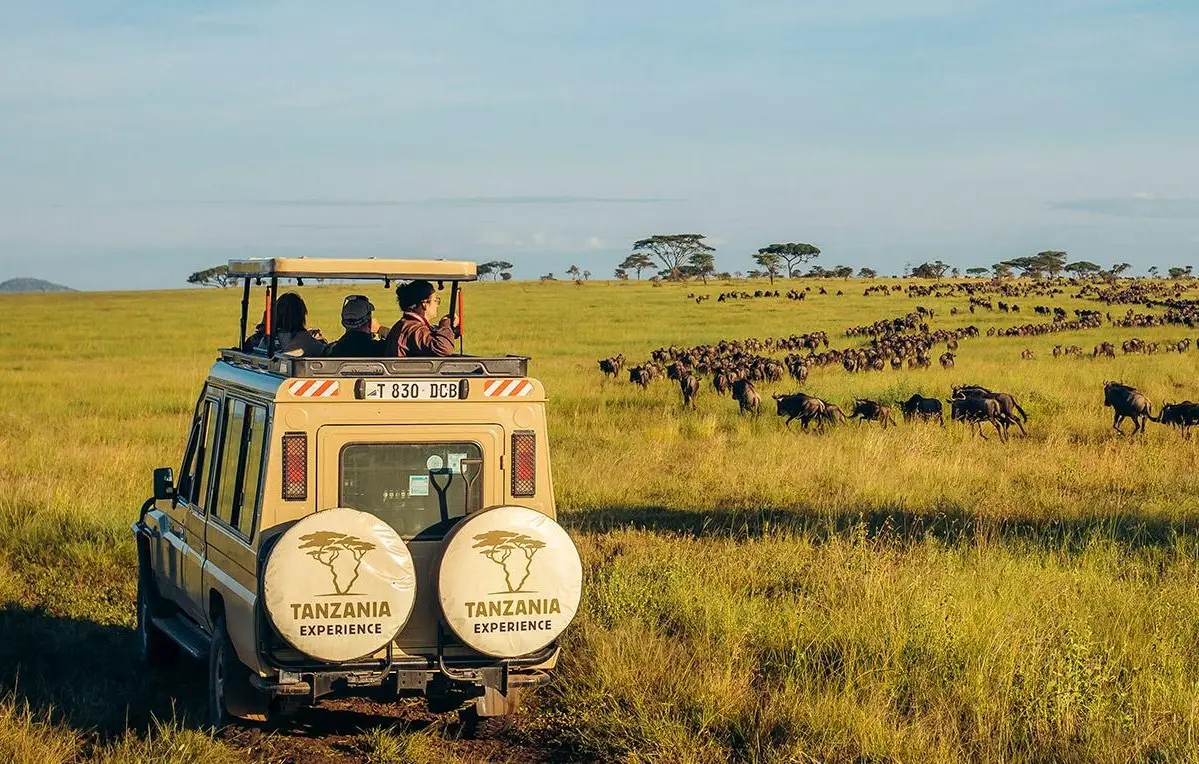
Serengeti National Park
Located in northern Tanzania near the border with Kenya, Serengeti is arguably the most iconic safari destination in Africa.
It's world-renowned for the Great Wildebeest Migration, where over two million wildebeest, zebras, and gazelles cross vast plains in a dramatic cycle of life and death.
Visitors can expect game drives filled with lion hunts, cheetahs in motion, massive elephant herds, and stunning savannah landscapes under open skies. The park is also home to the Big Five and offers luxury lodges, mobile camps, and unforgettable balloon safaris.
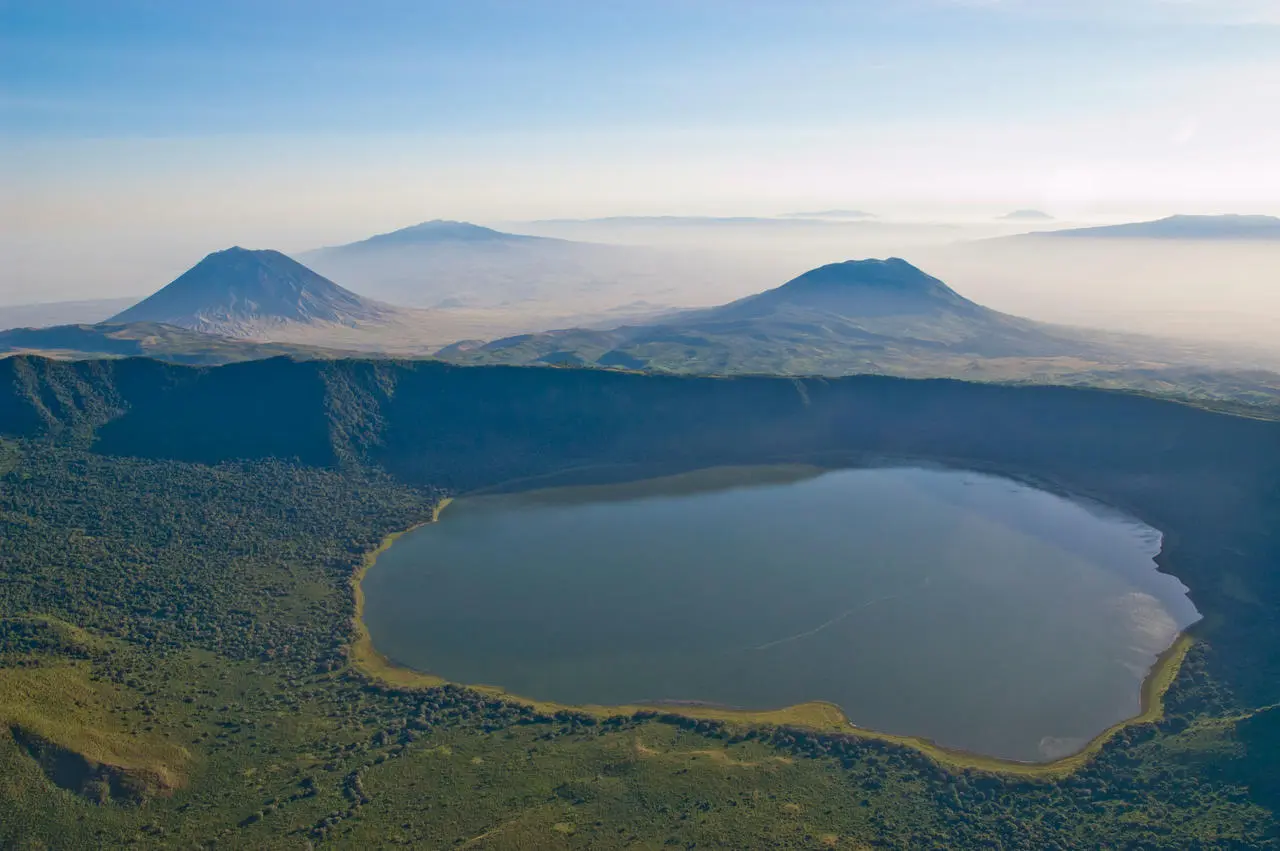
Ngorongoro Crater
Situated in the Ngorongoro Conservation Area between Arusha and the Serengeti, the Ngorongoro Crater is the world's largest intact volcanic caldera.
Often described as a “Garden of Eden,” it boasts an extraordinary density of wildlife including lions, elephants, buffalo, and one of Tanzania’s few remaining populations of black rhinos.
Visitors descend 600 meters into the lush crater floor to experience year-round game viewing, while the crater rim provides dramatic panoramic views and rich Maasai cultural encounters.
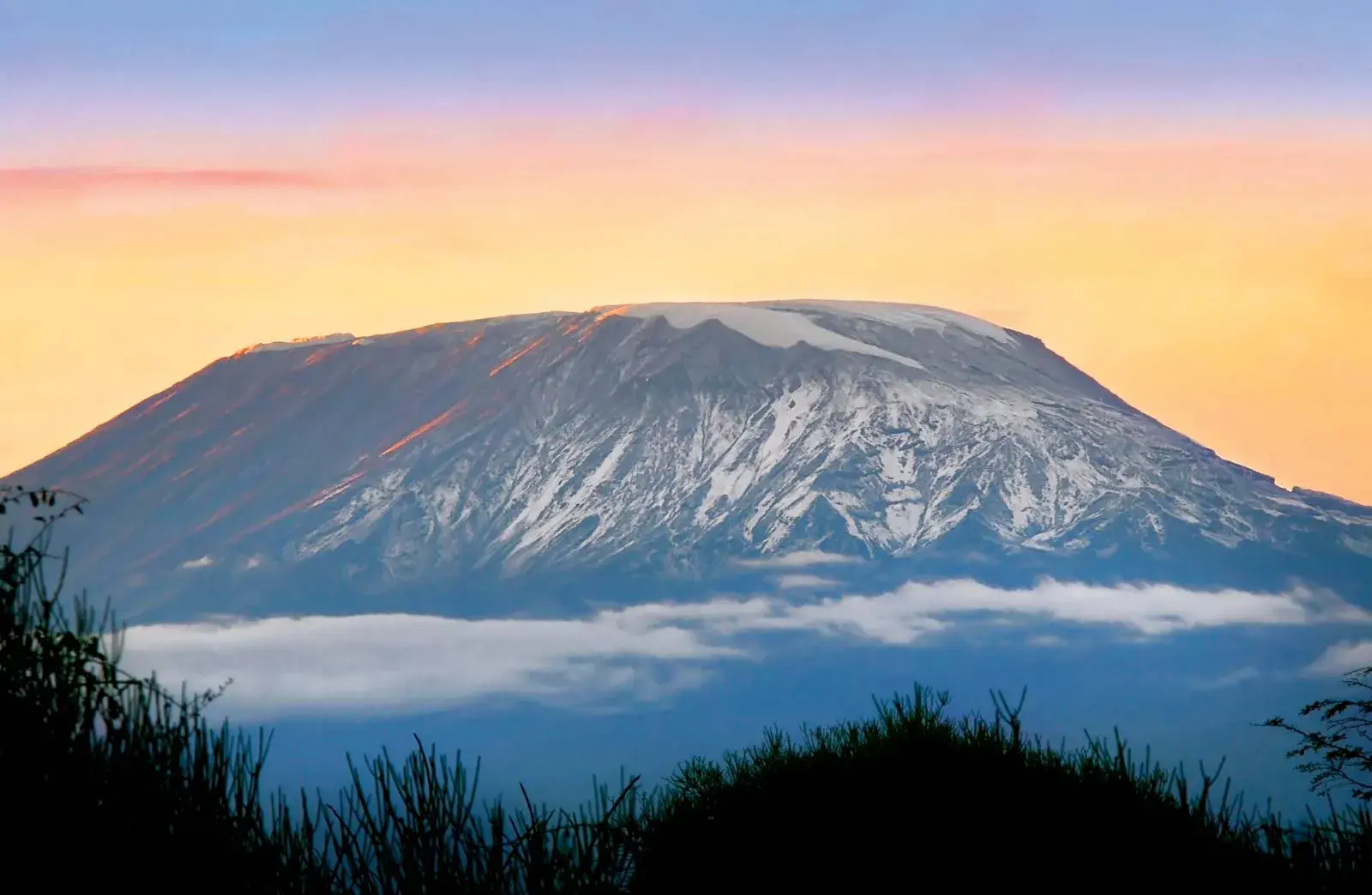
Mount Kilimanjaro
Mount Kilimanjaro rises near Moshi in northeastern Tanzania, close to the Kenya border.
As the highest mountain in Africa and one of the Seven Summits, it draws thousands of trekkers each year who attempt to reach its 5,895-meter snow-capped peak.
Climbers journey through diverse ecological zones — from tropical rainforest to alpine desert — culminating in the icy summit of Uhuru Peak.
Even non-climbers can explore the foothills, enjoy waterfall hikes, or visit coffee farms in the surrounding villages.
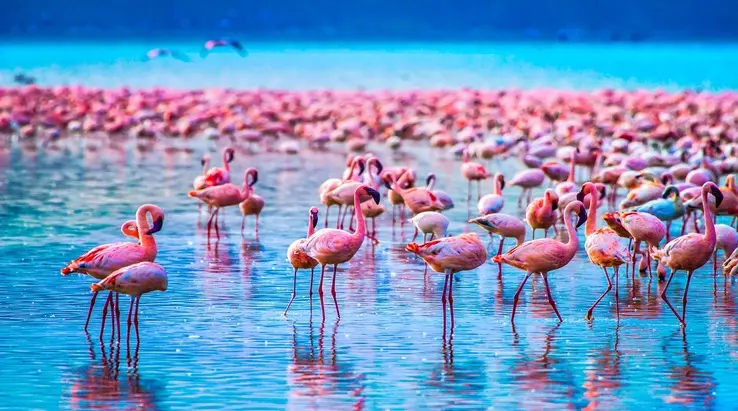
Lake Manyara National Park
Nestled along the Rift Valley escarpment between Arusha and Ngorongoro, Lake Manyara National Park is a small yet ecologically diverse park.
It’s famous for its unique population of tree-climbing lions and large flocks of pink flamingos that line the soda lake.
The park also features lush groundwater forests, open savannahs, and hot springs, making it ideal for birdwatching and short game drives.
Visitors can enjoy guided walks and canopy tours for a more immersive experience.
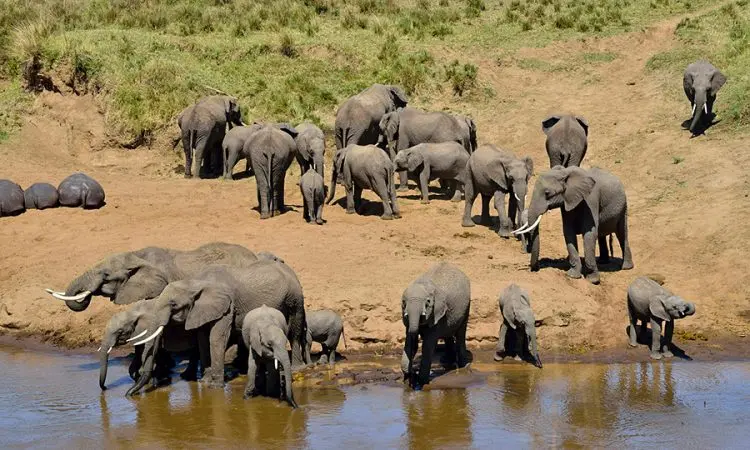
Tarangire National Park
Located southwest of Arusha and slightly off the typical safari route, Tarangire is known for its giant baobab trees and impressive elephant migrations.
During the dry season, wildlife gathers in large numbers around the Tarangire River, offering excellent chances to see big cats, wildebeests, zebras, and birdlife.
Visitors are often drawn to its quieter, less crowded atmosphere compared to neighboring parks, and the dramatic scenery makes for stunning photography.
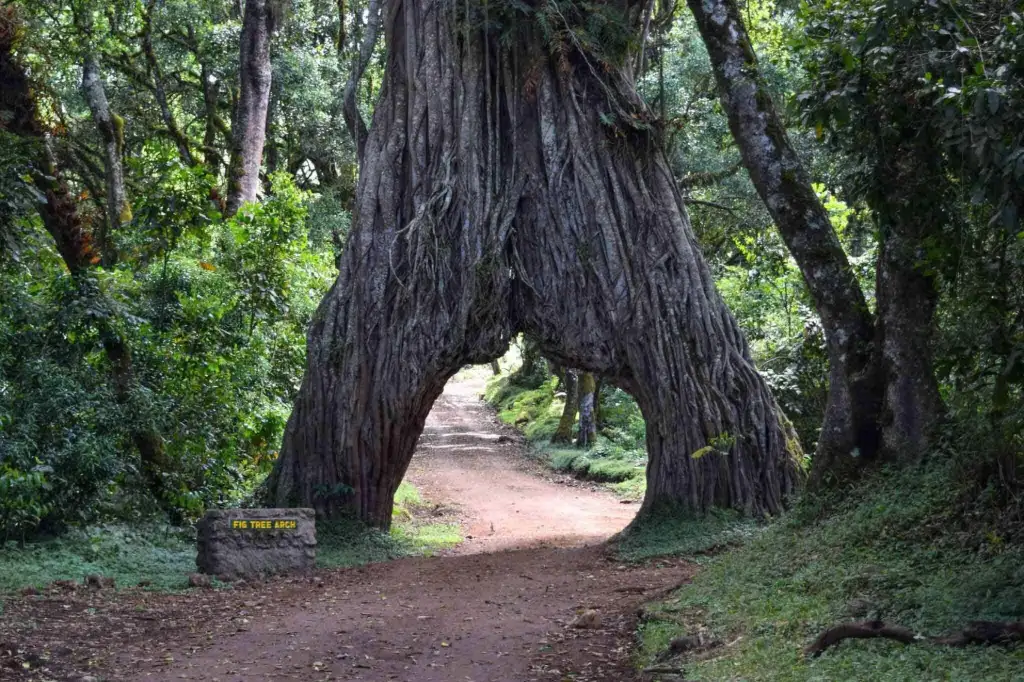
Arusha National Park
Just a short drive from Arusha city, this compact park lies between Mount Meru and Mount Kilimanjaro.
It’s a hidden gem that offers scenic diversity—from the misty Meru Crater and dense montane forests to the Momella Lakes, known for their flamingos.
Visitors can hike Mount Meru for a quieter trekking alternative to Kilimanjaro, take guided canoe trips, or spot giraffes, buffaloes, and colobus monkeys in a lush, green setting.
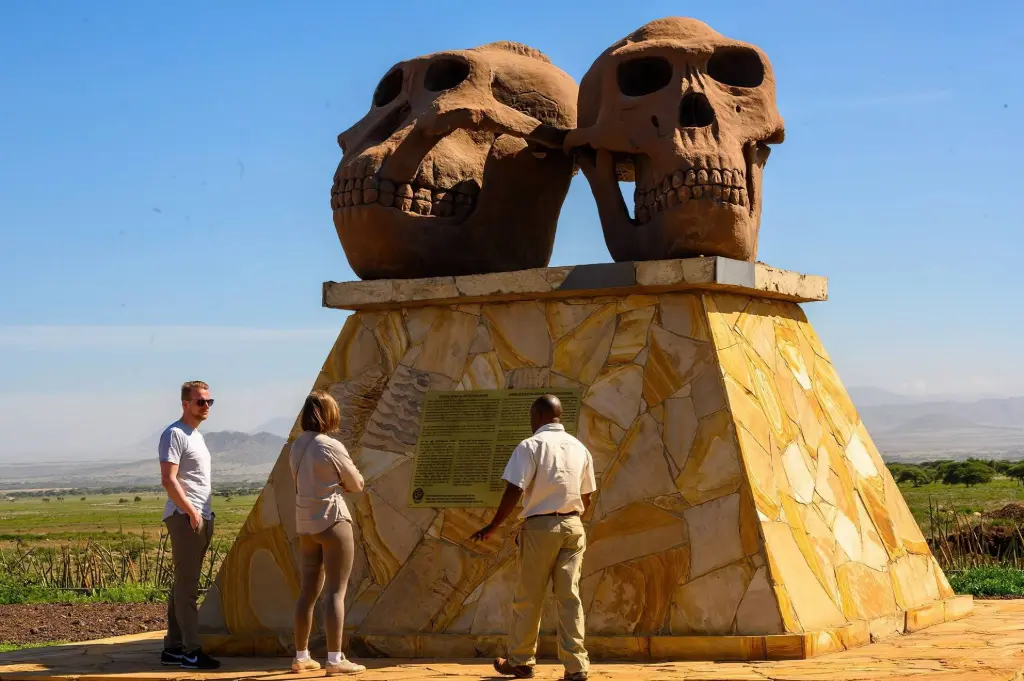
Olduvai Gorge
Positioned between the Ngorongoro Crater and Serengeti Plains, Olduvai Gorge is one of the most important paleoanthropological sites in the world.
It’s often referred to as the “Cradle of Humankind” due to the discovery of early human fossils and ancient tools by Louis and Mary Leakey.
Visitors can tour the on-site museum, see excavation sites, and learn about the evolutionary history that shaped humanity.

Lake Natron
Found in northern Tanzania near the Kenya border, Lake Natron is a shallow, alkaline lake known for its surreal red waters and hostile yet captivating beauty.
It's the primary breeding ground for East Africa’s lesser flamingos, creating a spectacle of pink during nesting season.
Visitors can hike to nearby waterfalls, climb Ol Doinyo Lengai (the "Mountain of God"), and experience Maasai culture in the surrounding communities.
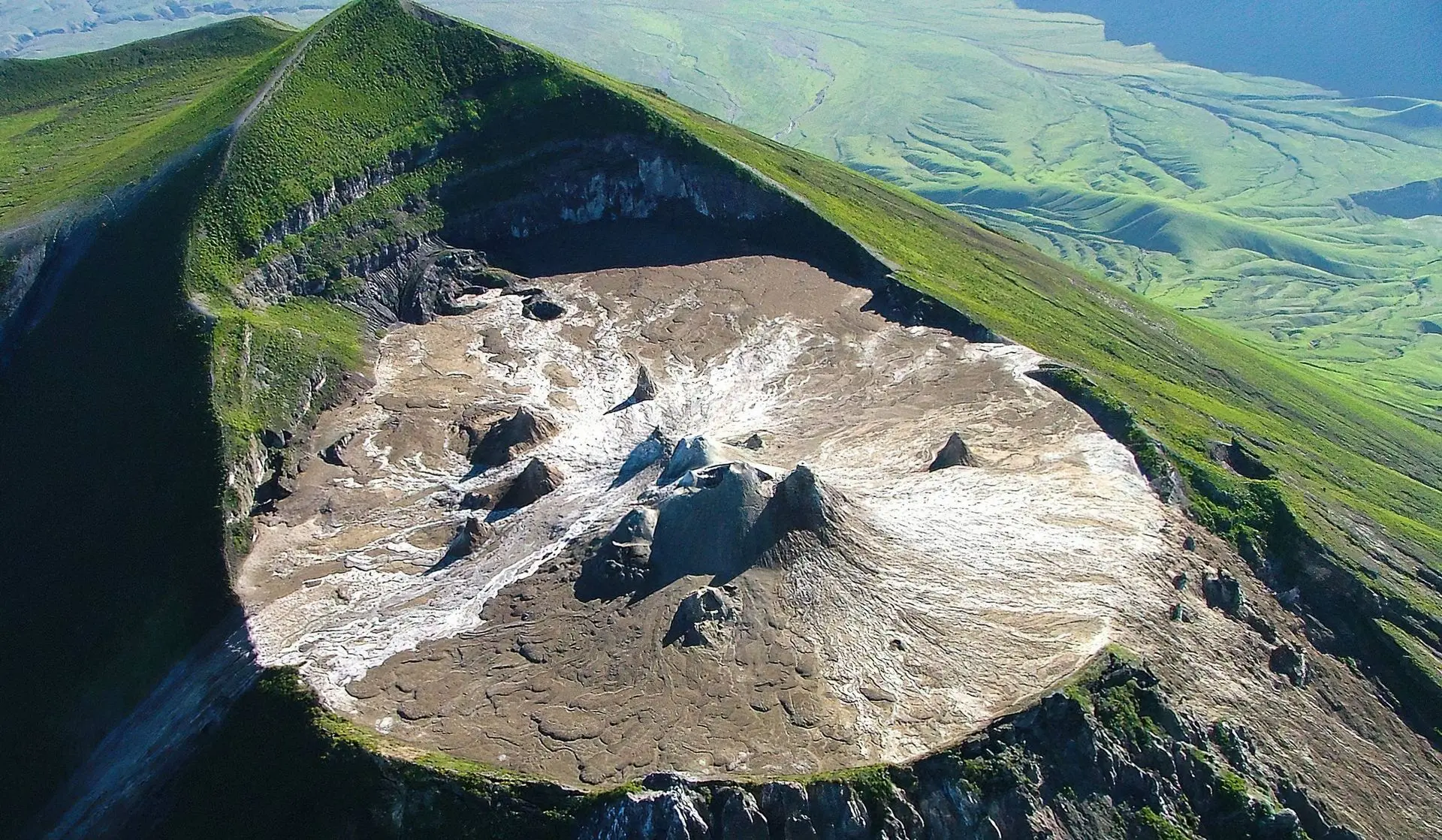
Ol Doinyo Lengai
Located near Lake Natron in the Eastern Rift Valley, Ol Doinyo Lengai is an active volcano considered sacred by the Maasai people.
It’s the only known volcano to erupt carbonatite lava, which is cooler and black when exposed to air.
Adventurous travelers can take a night hike to the summit for a sunrise view over the Rift Valley and Lake Natron, although the steep climb is physically demanding and not for the faint-hearted.
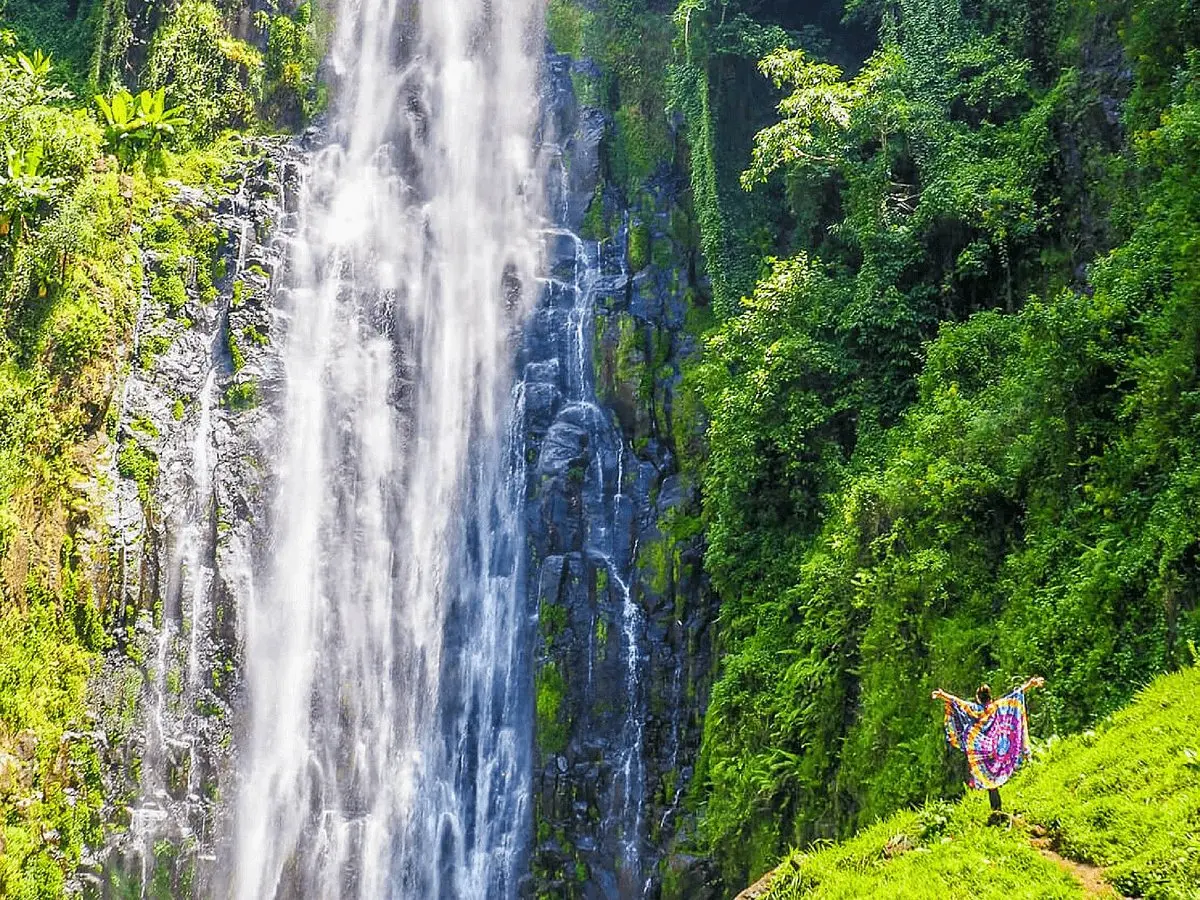
Materuni Waterfalls
Just outside Moshi town on the slopes of Mount Kilimanjaro, Materuni Waterfalls offers a refreshing escape into Chagga culture and lush greenery.
The trail to the falls takes visitors through local farms and coffee plantations, with the final reward being a stunning 90-meter cascade into a natural pool.
A visit here often includes a traditional coffee-making tour, giving insight into local life and agriculture.